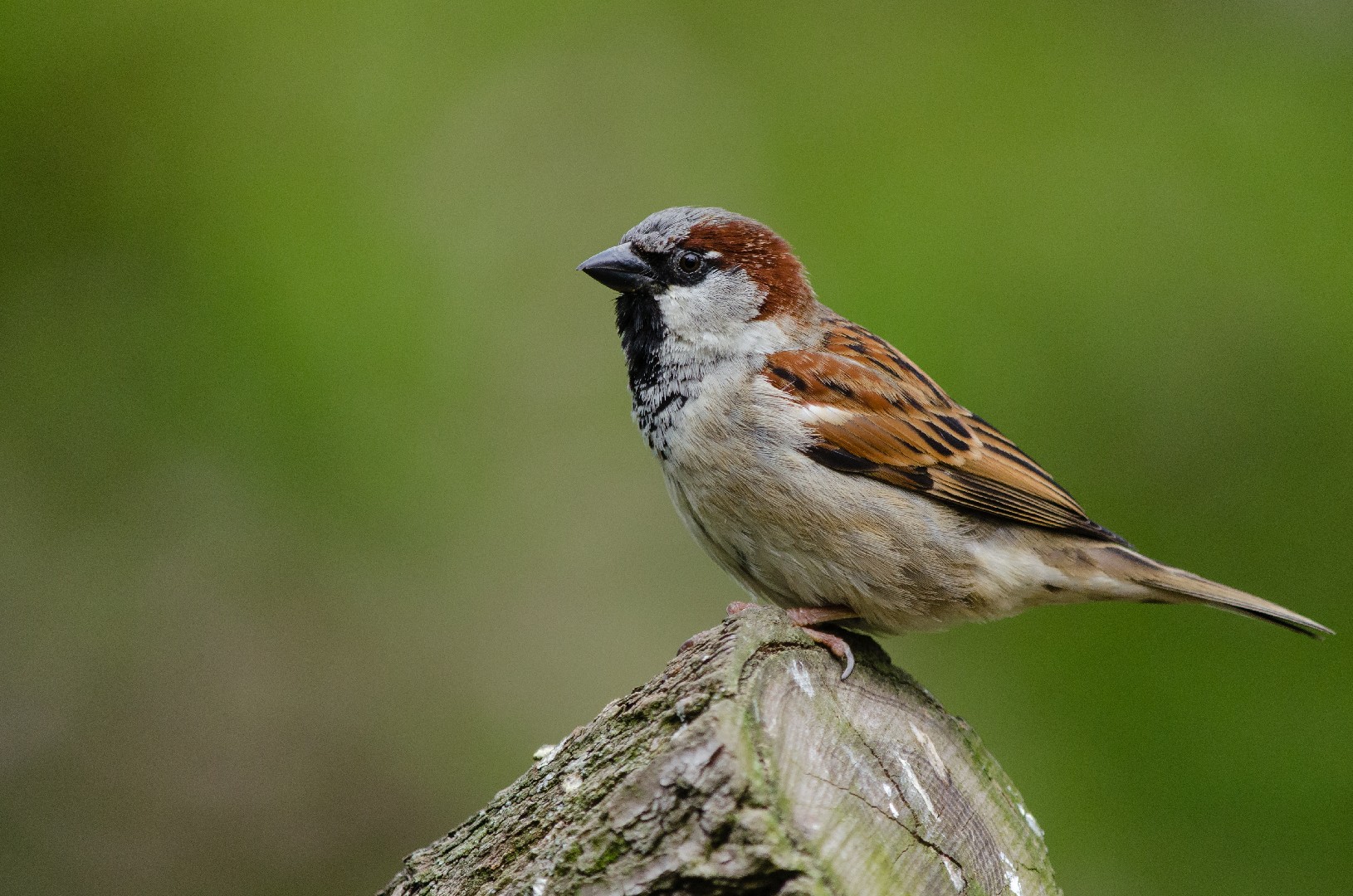House Sparrow
A species of Old World Sparrows, Also known as Gutter Bird Scientific name : Passer domesticus Genus : Old World Sparrows
House Sparrow, A species of Old World Sparrows
Also known as:
Gutter Bird
Botanical name: Passer domesticus
Genus: Old World Sparrows
Description
Just as its name implies, the little house Sparrow socializes with humans more than any other bird species. Able to adapt and thrive in almost any habitat, excluding the extremes such as deserts and mountain peaks, this species was once restricted only to North Africa and Eurasia but now is found across the globe. Unfortunately, this opportunistic eater is not completely harmless—it can cause considerable damage to crops.
Size
14 - 17 cm
Life Expectancy
13 years
Nest Placement
Cavity
Clutch Size
1 - 8 eggs
Incubation Period
1 - 4 broods
Number of Broods
10 - 14 days
Nestling Period
10 - 14 days
Feeding Habits
House Sparrow primarily consumes grains, seeds, and insects. Their diet varies seasonally, favoring seeds and grains like corn and wheat, while insects are essential for young. In urban environments, house Sparrow scavenges human food waste and performs complex tasks to access food, even consuming grit for digestion.
Habitat
House Sparrow predominantly thrives in environments heavily influenced by humans, including farms, residential neighborhoods, and densely constructed urban areas. They adapt to a range of altitudes and climates, but generally avoid extensive woodlands, forests, or untouched grasslands. Preferring lower elevations, house Sparrow is often found in the vicinity of human habitation, which provides them with ample food and nesting opportunities, even in typically inhospitable environments like deserts or arctic regions, solely by their presence.
Nest Behavior
House Sparrow show strong nest site fidelity, often displacing other species for prime locations. They exhibit a communal nesting pattern, with egg-laying occurring several times throughout the breeding season. Parental care is shared, encompassing incubation and feeding of young.
Nest Characteristics
House Sparrow nests are typically located in cavities of buildings and structures, like holes in walls, streetlights, or signage. These birds use a variety of materials like dried vegetation, feathers, string, and paper. Nests may share walls when built adjacently and are often reused.
Dite type
Omnivorous
People often ask
Migration Overview
Most house sparrows do not move more than a few kilometres during their lifetimes. However, limited migration occurs in all regions. Some young birds disperse long distances, especially on coasts, and mountain birds move to lower elevations in winter. Two subspecies, P. d. bactrianus and P. d. parkini, are predominantly migratory. Unlike the birds in sedentary populations that migrate, birds of migratory subspecies prepare for migration by putting on weight. 
General Info
Feeding Habits
Bird food type
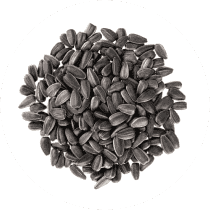
Black Oil Sunflower Seeds
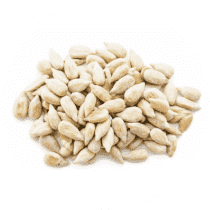
Hulled Sunflower Seeds
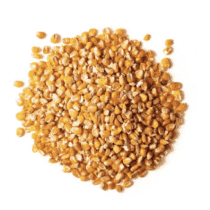
Cracked Corn
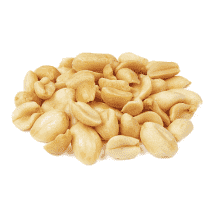
Peanut Hearts
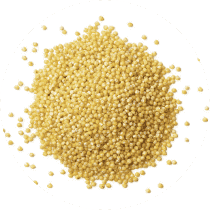
Millet
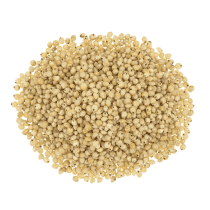
Milo
Bird Feeder Type
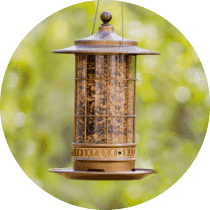
Large Tube Feeder

Large Hopper

Platform
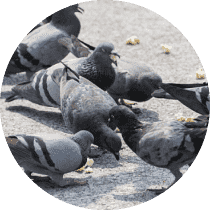
Ground
Sounds
Call
Recording location: India
Song
Recording location: Portugal
Song
Recording location: United States
Behavior
House Sparrow exhibit pronounced social tendencies, typically foraging in bustling flocks and engaging in vigorous competition for food sources, like crumbs or seeds, found on the ground. These birds demonstrate a preference for hopping as a mode of ground locomotion. Notably, they exhibit a diverse set of behaviors concerning their communal lifestyle, such as dominance displays involving posturing, feather ruffling, and vocal signals. In their daily routine, they can be observed partaking in communal activities such as bathing in urban water accumulations or dustbathing—actions where they energetically ruffle their feathers and either splash water or toss dust to cover themselves. Seasonally, dominance dynamics shift within the flocks, with male house Sparrow asserting dominance through physical attributes, like the size of the black throat patch, during fall and winter, while females assert themselves in spring and summer. Male courtship behavior is characterized by a distinct display involving fluffed chest feathers, wing spreading, tail fanning, and a series of stiff hops in front of a potential mate, often leading to rival display interventions from other males.
Distribution Area
The house sparrow originated in the Middle East and spread, along with agriculture, to most of Eurasia and parts of North Africa. Since the mid-19th century, it has reached most of the world, chiefly due to deliberate introductions, but also through natural and shipborne dispersal. Its introduced range encompasses most of North America, Central America, southern South America, southern Africa, part of West Africa, Australia, New Zealand, and islands throughout the world. It has greatly extended its range in northern Eurasia since the 1850s, and continues to do so, as was shown by its colonisation around 1990 of Iceland and Rishiri Island, Japan. The extent of its range makes it the most widely distributed wild bird on the planet. 
Species Status
Not globally threatened.
Scientific Classification
Phylum
Chordates Class
Birds Order
Perching birds Family
Old world sparrows Genus
Old World Sparrows Species
House Sparrow 